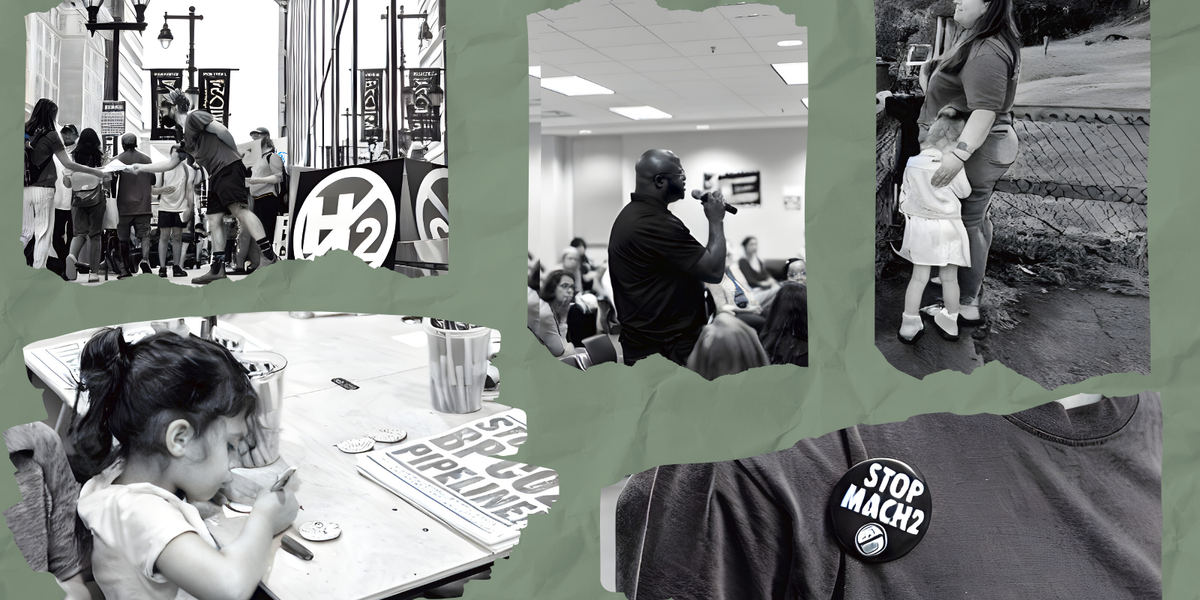toxic contamination
Environmental damage from wars must be addressed in peace accords
Conflicts in Ukraine, Gaza, and Colombia show the urgent need to include environmental restoration in peace agreements to ensure long-term sustainability and peace.
Richard Marcantonio and Josefina Echavarria Alvarez write for The Conversation.
In short:
- Colombia's peace accord includes extensive environmental provisions, serving as a model for other conflict zones like Ukraine and Gaza.
- Few peace agreements globally include environmental protections, highlighting Colombia's unique approach.
- Environmental damages from wars are vast, including contamination, deforestation, and infrastructure destruction.
Key quote:
"Peaceful postwar society requires not only respect for human rights but also protection of the environment."
— Richard Marcantonio, University of Notre Dame.
Why this matters:
Addressing environmental damage in peace accords is critical for sustainable recovery and long-term peace. Neglecting this aspect can lead to prolonged health crises and renewed conflicts. Read more: As inevitable as blood and taxes.
Medical anthropologist in Arizona enhances environmental science using local narratives
Researcher Denise Moreno-Ramirez utilizes oral histories to deepen environmental science research, highlighting community impacts from neglected toxic sites.
In short:
- Denise Moreno-Ramírez, growing up in Nogales, Arizona, faced unrecognized health crises in her community, linked to historical contamination.
- Her PhD project, "Voices Unheard," collected firsthand accounts from locals, enhancing scientific data with personal stories and emphasizing overlooked community histories.
- This approach reclaims the value of oral histories in scientific research, countering the trend of depersonalized data analysis.
Key quote:
“The answer isn’t just in science. It’s in people.”
— Rib Davis, Chief of the Oral History Society.
Why this matters:
Understanding environmental health impacts through community stories adds human context to scientific data, promoting informed policy decisions. Inclusivity in scientific research has the potential to shape healthier futures for marginalized communities.
Read Moreno-Ramírez's essay for our Agents of Change program, A love note to brown women facing beauty injustices.














